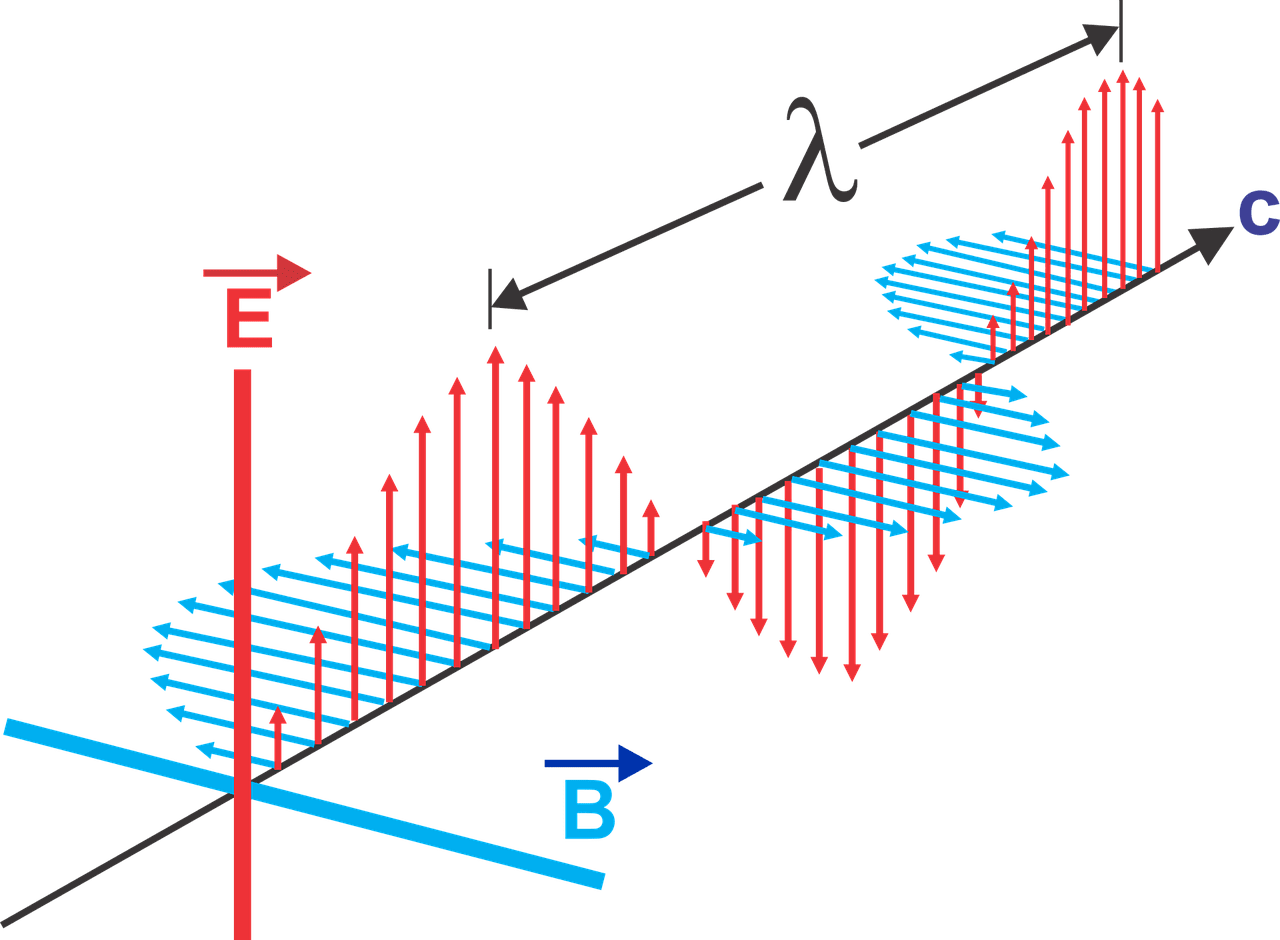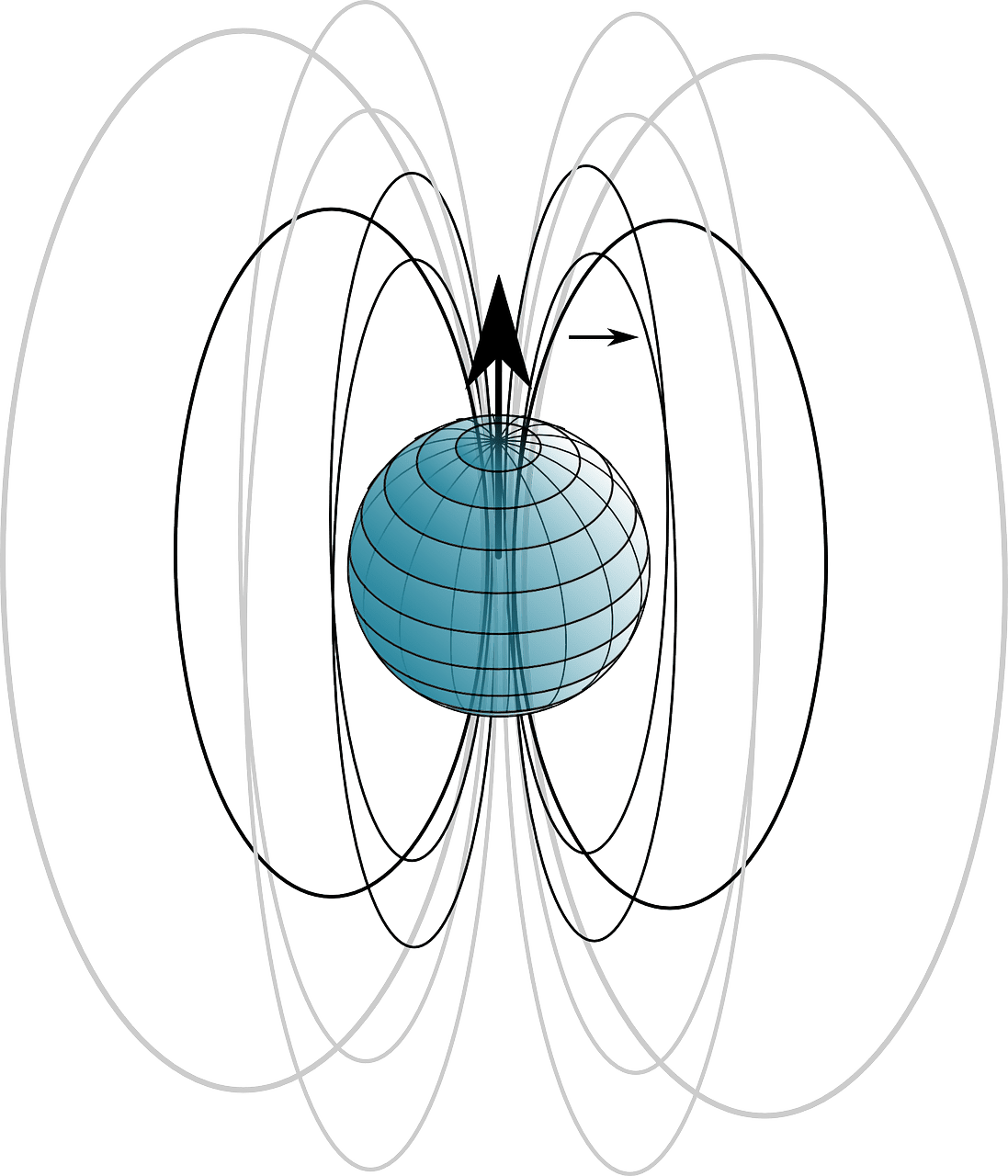Electric and magnetic fields both are formed by the repulsion and attraction of electric charges. The magnetic fields of lines are produced by the moving of electric charges around the magnetic force.
The magnetic field is directed by lines. The electric field is generated by stationary charges. In this, positive charges are brought close to each other, while negative charges move farther from each other.
Key Takeaways
- Electric fields arise from charged particles and exert force on other charged particles, while magnetic fields result from moving electric charges and affect only moving charged particles.
- Scalar quantities describe Electric fields, whereas vector quantities describe magnetic fields.
- Electric field lines radiate outward from positive charges and inward to negative charges, while magnetic field lines form closed loops around magnets.
Electric vs Magnetic Field
The difference between electric and magnetic fields is that the electric field generates around the static charge particle, which is either positive or negative. But the magnetic field generates around the poles, which are maybe the south or north pole of the magnet. An electric field arises from electric charges, while a magnetic field arises from permanent magnets.

An electric field is such a field that surrounds electric charges, which may be positive or negative, that exerts a force on two objects to attract or repel.
If the objects are correspondingly charged (positive-positive), they will repel. But if they are oppositely charged (positive-negative), they will attract each other.
A magnetic field is a region around a magnet where attractive forces of attraction and repulsion are exhibited by the poles of the magnet, and electric charges move due to the force of magnetism.
This magnetism force acts on an electrically charged particle which depends on the magnitude, velocity, and strength of the magnetic field.
Comparison Table
| Parameters of Comparison | Electric Field | Magnetic Field |
|---|---|---|
| Definition | Force around the electrically charged particle. | The region around the magnet where the north and south poles exhibit the force of attraction or repulsion. |
| Nature | Generates around the electric charges. | Generates around the poles of the magnet. |
| Symbol | Its symbol is E | Its symbol is B |
| Units | Newton per coulomb | Tesla |
| Dimensions | Two dimensions | Three dimensions |
| Pole | Monopole | Dipole |
What is Electric Field?
An electric field is surrounded by electrically charged particles that exert force on all the other charged particles that may attract or repel them.
It is produced by a unit pole charge that may either be negative or positive. It is a system of charged particles. Electric field arises from electric charges or from time-varying magnetic fields.
The direction of the field is recognized as the direction of the force which is imposing on the positive charge. The electric lines of force come out for the positive charge and move towards the negative charge. Types of the electric field:
· Uniform Electric Field: The field which is constant at every point by placing two conductors parallel to each other and the potential difference remains the same is called a uniform electric field.
· Non-uniform Electric Field: The field which is irregular at every point and has a different magnitude and direction is called a non-uniform magnetic field.
In an electric field, the field lines never intersect with each other. They are always perpendicular to the magnetic field of lines. When the lines of the fields are close together, the field is strong.
But when the lines move apart, the field lines become weak. The field lines are always directly proportional to the magnitude of the charge.
The electric fields always start with a positive charge and end with a negative charge. But in case any charge is single, then they start or end at infinity.
The line curves in an electric field are continuous in a charge-free region. And the lines of the electric fields are always measured in two dimensions.

What is Magnetic Field?
A magnetic field is a region of moving electric charge on which the force of magnetism acts. Magnetism acts only occur when a magnetic field is present.
Magnetic fields are the lines that generate around the two poles of the magnet, which are the North Pole and the South Pole. It is due to the attraction or repulsion of the forces.
The magnetic field is always represented by parallel straight lines or lines of force. The compactness of the lines represents the magnitude of the field.
These lines are continuous that run from north to south by forming a closed loop. However, the magnetic field can be explained in two different ways:
· Magnetic Field Vector: Mathematically, the magnetic field can be described as a vector field. The field vector is a set of many vectors, and every single vector tells the direction that a compass indicates. It has a length that depends on the strength of the magnetic force.
· Magnetic Field Lines: Magnetic field lines are used to represent the magnetic field. It indicates the magnitude of the field. The magnetic fields near the poles of a magnet are stronger rather than the magnetic fields that are away from the poles.

Main Differences Between Electric and Magnetic Field
- An electric field creates a charge in the surrounding area, while a magnetic field creates a charge around the moving magnets.
- An electric field is directly proportional to the electric charge. On the other hand, the magnetic field is proportional to the charge speed.
- Electric fields of lines are always perpendicular to the magnetic field, but magnetic fields of lines make a 90-degree angle to the lines of an electric field.
- An electrometer is an instrument measuring line of an electric field, while a magnetometer measures the magnetic field
- An electric field is measured as newton per coulomb, whereas a magnetic field is measured as Tesla.




